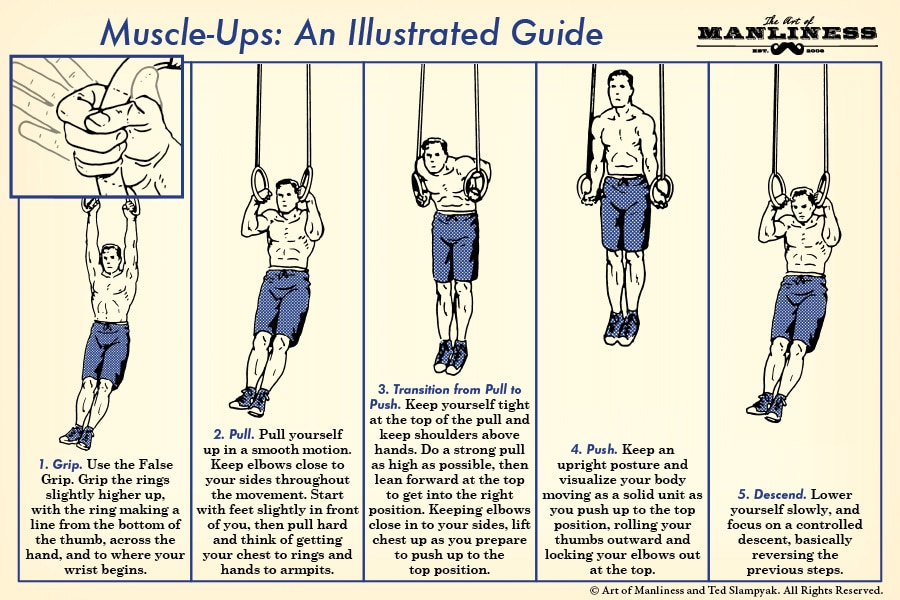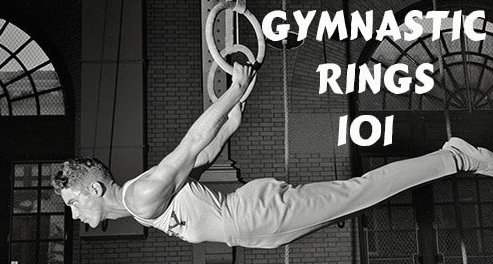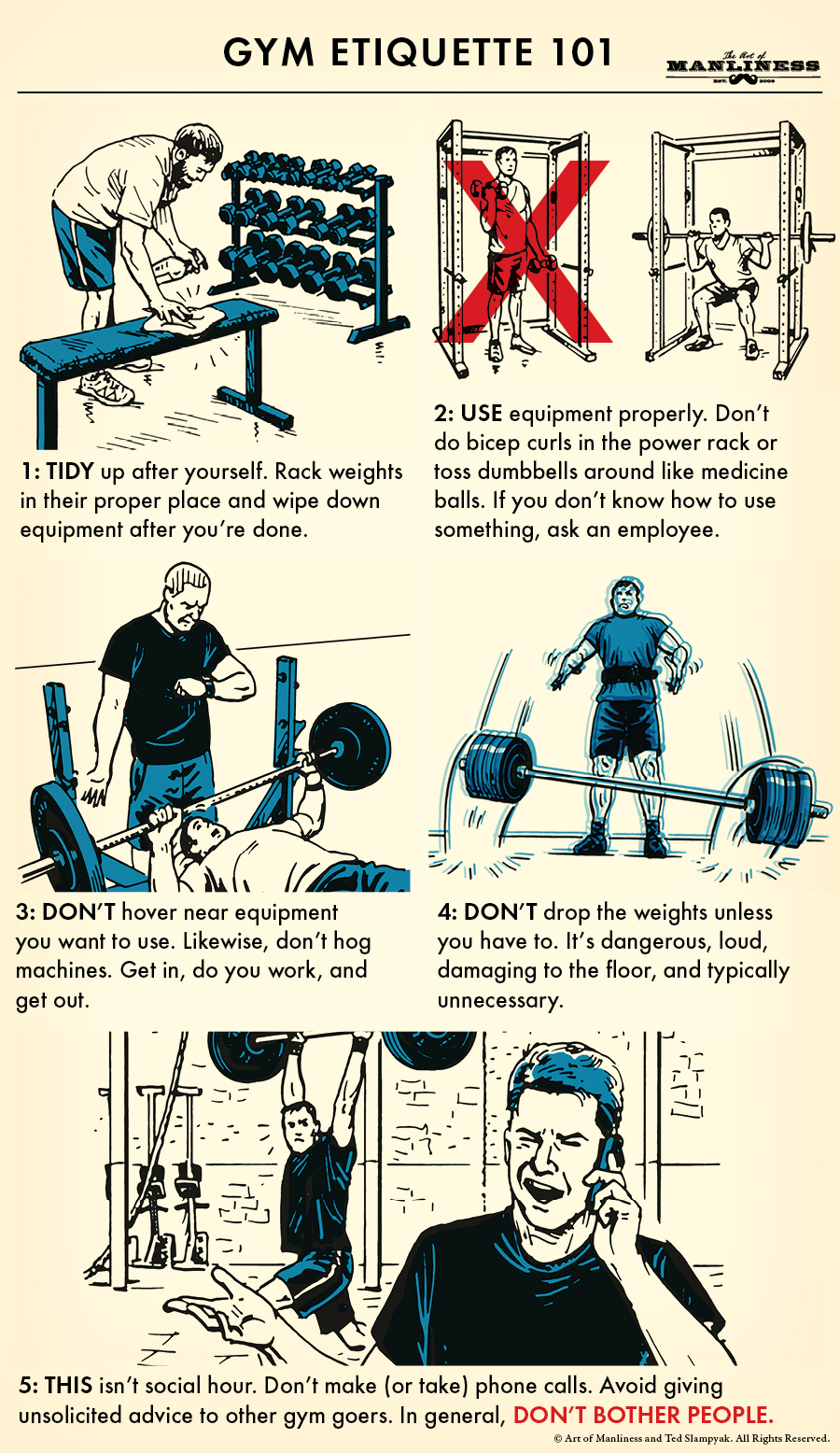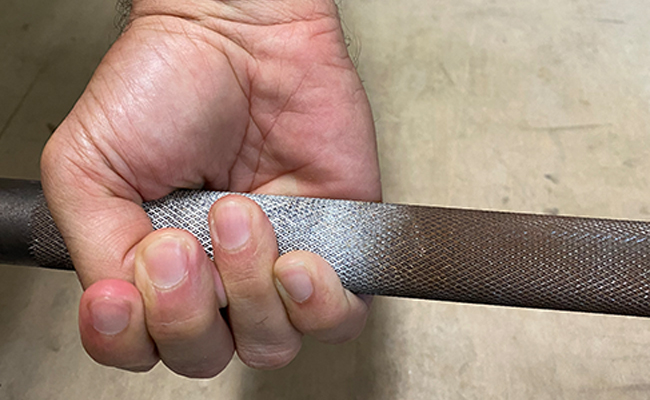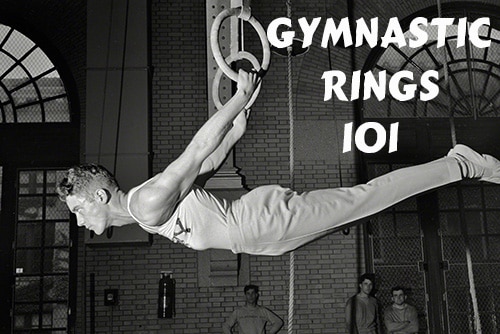
Editor’s Note: This is a guest series from Ryan Hurst.
Today, we’re continuing our series on using gymnastic rings as part of your exercise and strength-building routine. Yesterday, we introduced you to the rings and offered recommendations on what kind to get and how and where to hang them. Today, we’ll provide a primer on the foundation for using the rings: how to grip them.
How to Grip Gymnastic Rings
Before you get started with rings exercises, you have to know how to hold on to the rings correctly. There are nuances for proper gripping, and when to do a certain grip in a certain way for a particular purpose. It all comes down to being able to perform the movements properly, and something as simple as the angle of your wrist can have a huge impact on your form. If the angle of the wrist is off, you could develop joint sprains, poor performance, and even injuries from falling off the rings.
There are three fundamental grips you should be aware of and comfortable with as you start your rings practice.
1. Neutral Grip
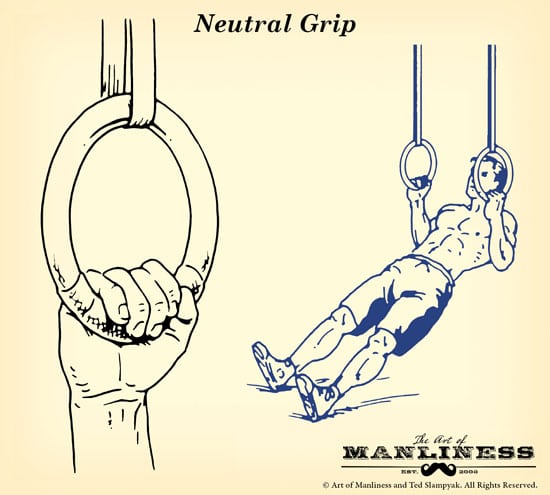
The neutral grip is best for pulling movements, and can be implemented either with the rings facing each other, or with the rings side-by-side, facing outward. Here are some tips for the neutral grip:
- In this position, most of the pressure should be placed on the upper portion of your palms, right below your first knuckles.
- Wrap your fingers around the rings, with your thumb wrapped around the rings as well.
- Get below the rings and, while placing pressure on the rings with your hands in this position, you can perform pulling movements.
- Make sure to keep your fingers and thumbs in the correct position, and not to flex or bend the wrist. Simply let your weight fall completely on the hands.
2. False Grip
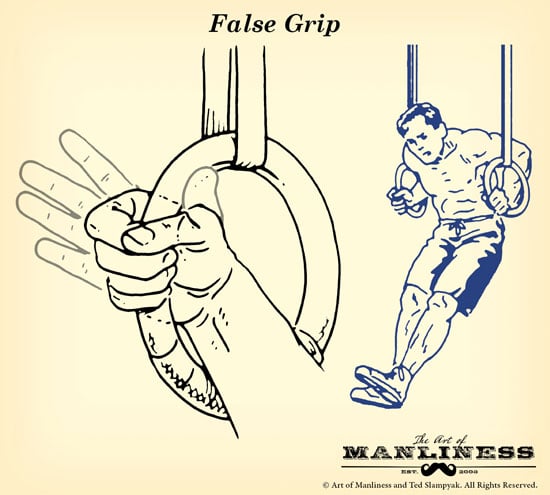
The false grip is used for moves that take you from below the rings to above the rings, such as the muscle-up (detailed illustration of this move coming later this week). Here are some pointers for proper positioning with the false grip:
- Place the rings further into your palms than you did with the neutral grip — around mid-palm level.
- Wrap your fingers around the rings and wrap your thumbs around your knuckles.
- Push down into the rings, creating some pressure.
- Your wrists should be bent, but not so far that your wrist is inside the rings.
- When performing the muscle-up in particular, make sure to maintain the false grip, with the rings turned out, throughout the movement — from below the rings, all the way to the above-the-rings position.
3. Above-the-Rings Grip
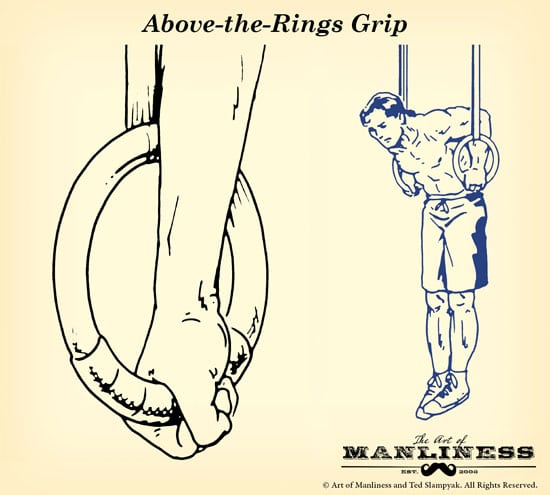
This grip is used for holds, like the top position hold. Here are some key points to keep in mind:
- Keep your wrists as straight as possible and push down into the rings; don’t just push with your arms — your shoulders should be pushing down as well.
- Do not squeeze the rings as hard as you can – it’s not necessary.
- Hold your arms by your sides, making sure not to bend your wrists to the inside or the outside of the rings.
For a clear demonstration of each of these grips, watch the video below:
Read the Other Articles in the Series:
- Why to Use Rings, How to Buy Them, and Where to Hang Them
- How to Grip the Rings
- A Beginner’s Routine and FAQs
- How to Perform a Muscle-Up
_________________________
Ryan Hurst is a former junior national level gymnast and holds several black belts in Japanese martial arts, along with many years of experience teaching strength and skills work that combine all the aspects of his diverse knowledge base. He is a co-founder of GMB Fitness (http://gmb.io), which specializes in teaching body skill development to people of all athletic levels.
He also provides a free Ultimate Guide to Rings Training for beginners that takes you step-by-step into all the benefits of rings training.
Tags: Exercises

